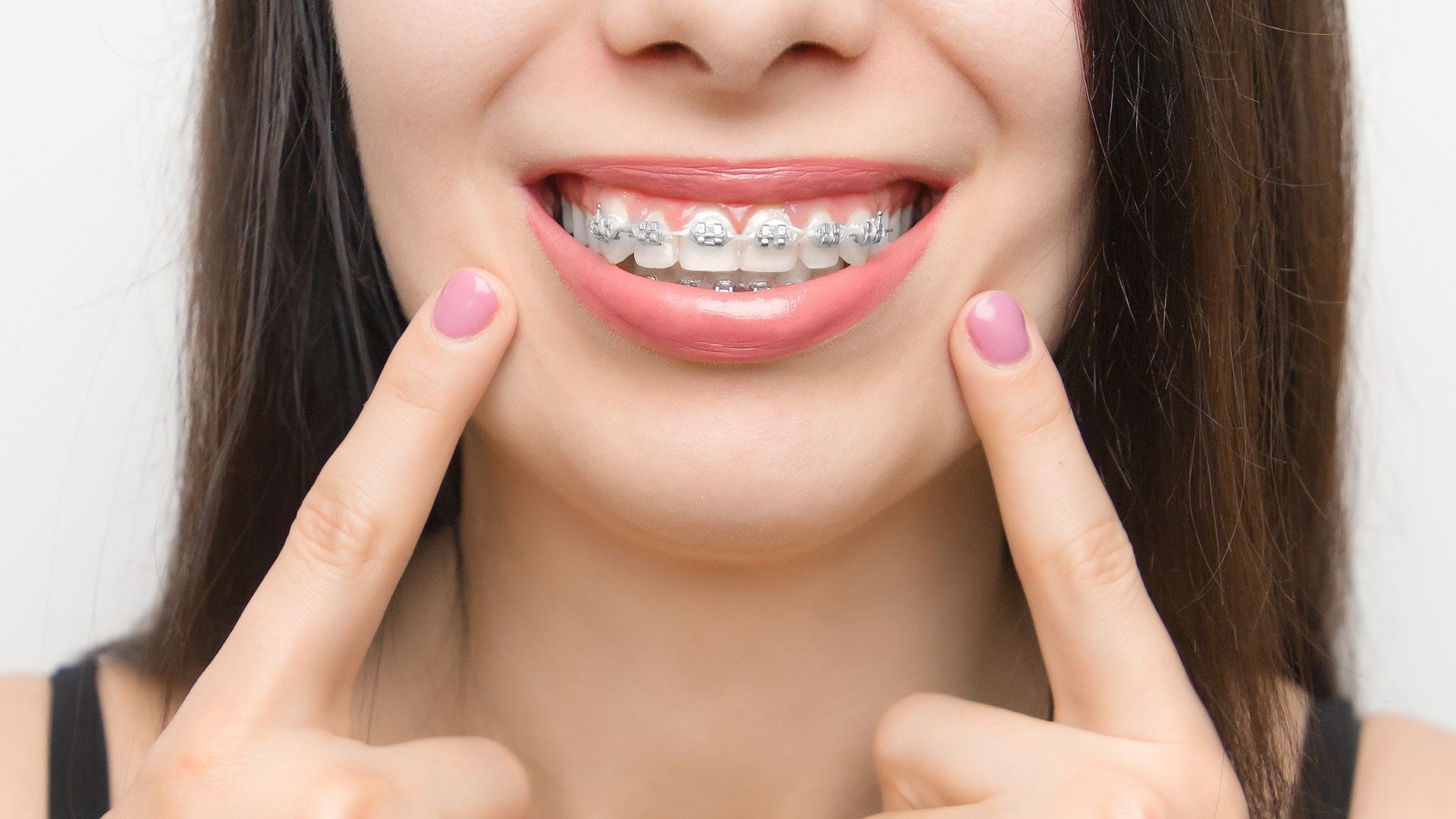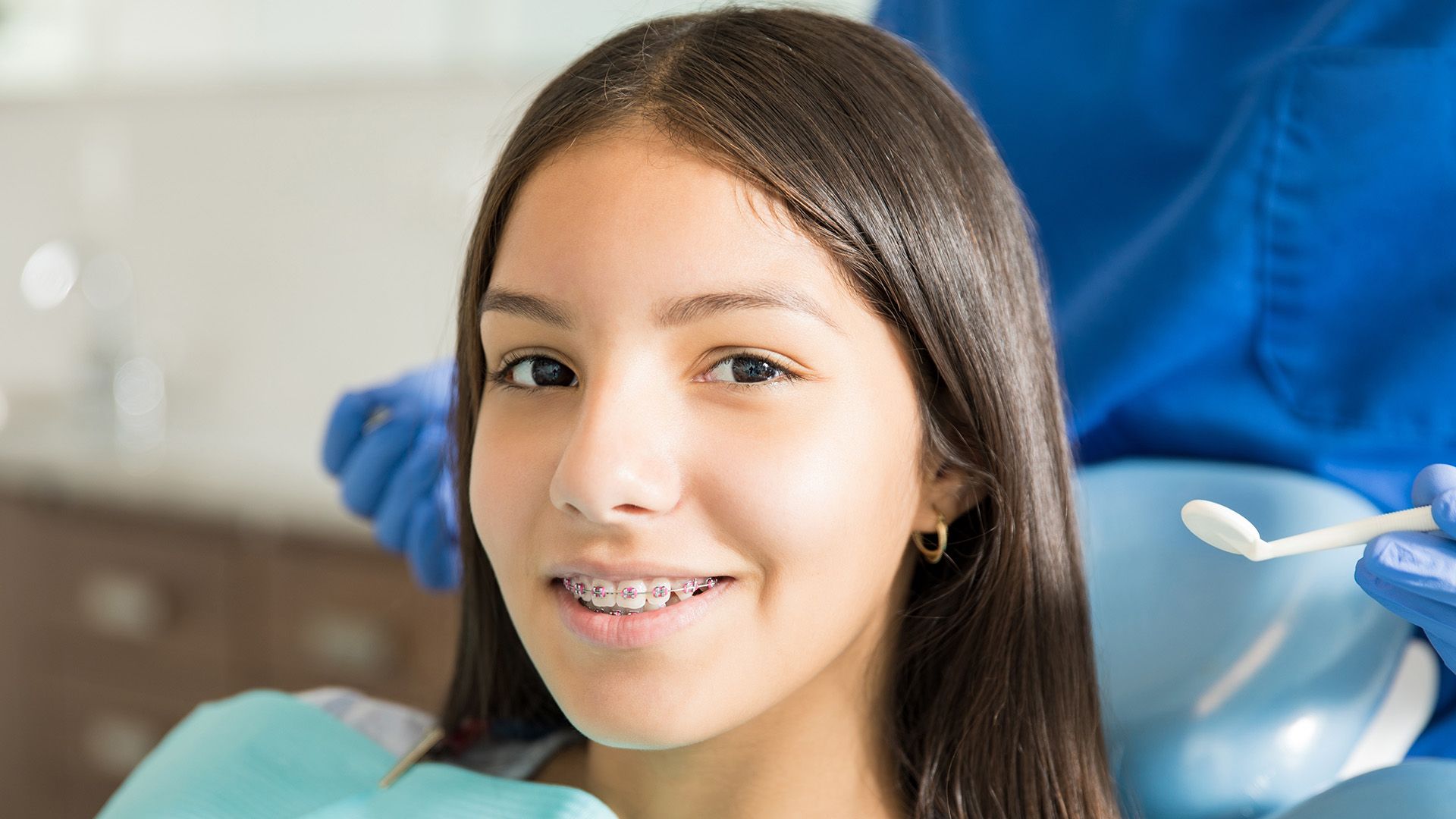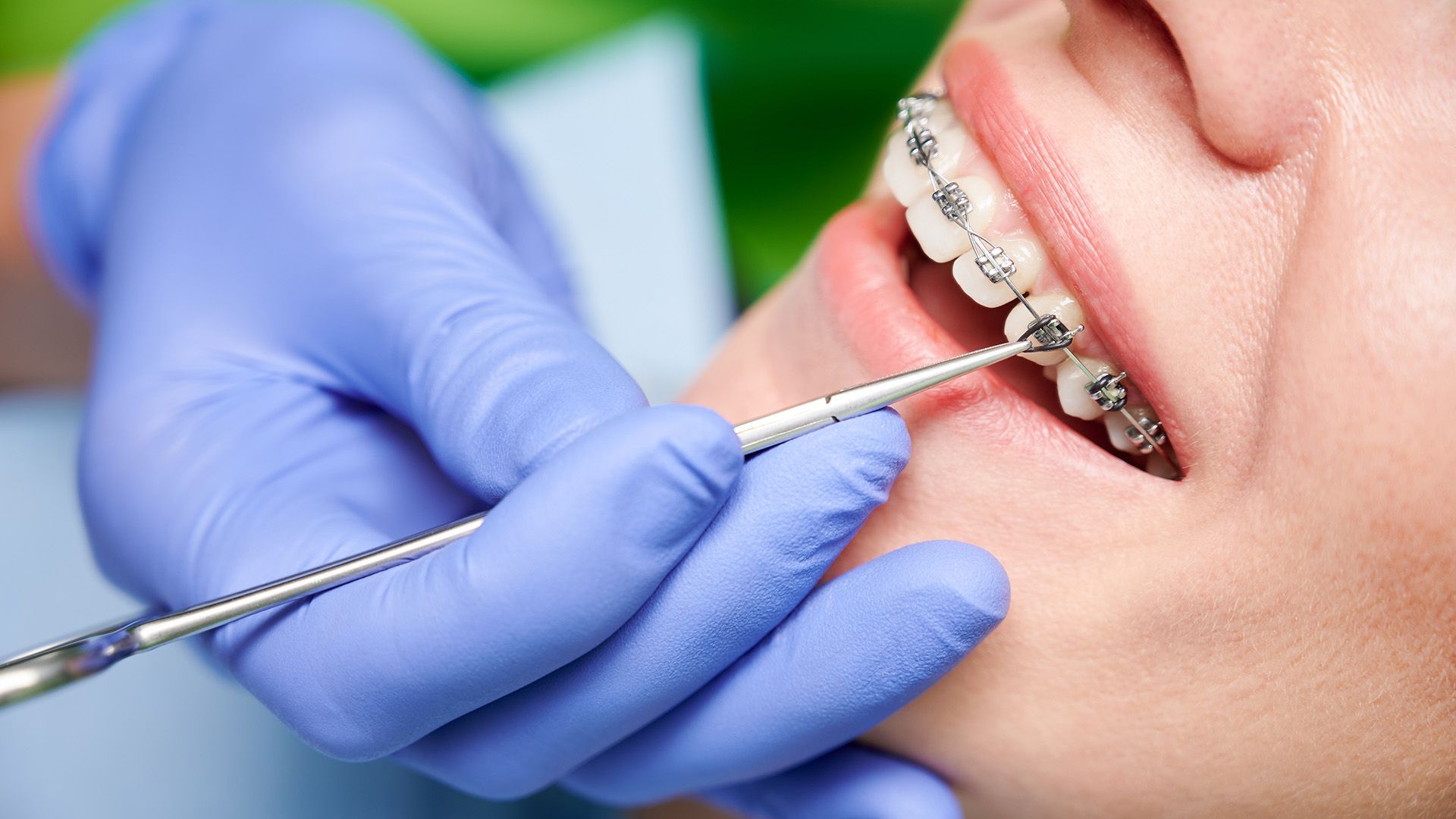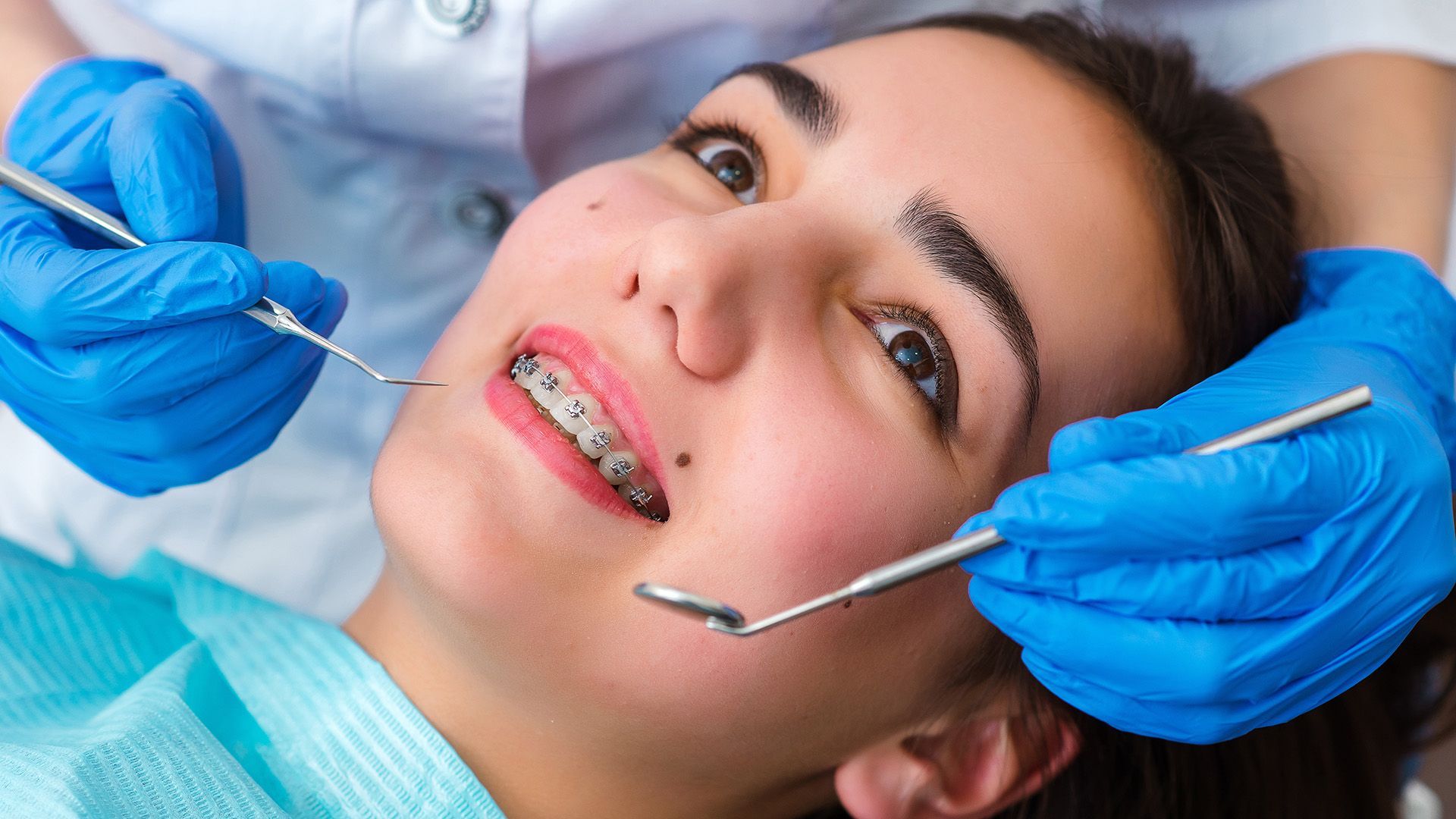Can You Get Braces with Crowns?
Wondering, "Can you get braces with crowns?" This is a frequent concern among those considering orthodontic treatment. Dental crowns, often used to restore damaged teeth, typically can coexist with braces under the right conditions. Understanding the relationship between braces and crowns is key to planning effective orthodontic care. This article provides insights into how you can get braces with crowns, helping you make informed decisions on your journey to a perfect smile. Whether you're curious about their compatibility or exploring alternatives, we have the information you need.

Understanding Dental Crowns
Dental crowns serve as protective caps for damaged or weakened teeth, enhancing strength, protection, and appearance. They restore the tooth’s shape, size, and function, especially after decay, injury, or root canal procedures. By covering the entire tooth, crowns prevent further damage and improve aesthetics, making them vital in restorative dentistry.
Various materials are used for dental crowns, including porcelain, metal, resin, and ceramic. Porcelain crowns are favored for their natural look, ideal for front teeth, while metal crowns provide durability for molars. Resin crowns offer a cost-effective option but may lack durability compared to porcelain or metal. Ceramic crowns balance aesthetics and strength, providing versatility.
The process of getting a crown typically involves two dental visits. Initially, the dentist examines the tooth, uses X-rays for assessment, and prepares the tooth by removing decay and reshaping it for the crown. An impression is taken to create a custom crown, which may take several weeks to manufacture. Meanwhile, a temporary crown is placed. On the second visit, the temporary crown is replaced with the permanent one, ensuring a secure fit.
Braces Overview
Braces are a widely used orthodontic treatment for aligning teeth and jaws. They apply gentle pressure to shift teeth into proper positions over time, enhancing both the appearance of your smile and overall oral health. Properly aligned teeth are easier to clean and maintain, reducing the risk of dental issues.
Several types of braces are available to meet diverse needs and preferences. Traditional metal braces, with metal brackets and wires, are the most common. Ceramic braces use tooth-colored materials for a discreet look. Lingual braces are placed behind the teeth, making them nearly invisible. Clear aligners, a removable alternative, offer flexibility in treatment. Each type has unique advantages, and our team can help you choose the best option for your situation.
Orthodontic treatment is crucial for correcting bite issues and preventing future dental problems. Misaligned teeth can cause uneven wear, jaw pain, and difficulty in chewing or speaking. By opting for orthodontic care, you're not only boosting your confidence but also safeguarding your long-term oral health.
Can You Get Braces with Crowns?
Many people wonder, "Can you get braces with crowns?" Fortunately, the answer is often yes, provided the crowns are securely attached and in good condition. Crowns are designed to protect damaged teeth, and generally, they do not interfere with the orthodontic process, allowing you to get braces with crowns.
However, challenges may arise when combining braces with crowns. Misalignment of crowns with natural teeth might affect treatment outcomes. Some crown types may not withstand the tension and pressure from braces, risking damage. Your orthodontist may recommend monitoring crowns closely or replacing them if necessary to align with orthodontic goals.
The consultation process is vital for anyone considering braces with crowns. During your initial visit, the orthodontist will conduct a thorough examination, including X-rays, to assess the condition of your teeth and crowns. They'll discuss your specific situation and develop a tailored treatment plan that incorporates your crowns, ensuring effective care and optimal results.
Alternatives to Traditional Braces
Exploring alternatives to traditional braces is essential for patients with crowns, ensuring effective orthodontic treatment without compromising dental work. Invisalign, a series of clear, removable aligners, is a popular choice. These aligners can be custom-made to fit over existing dental work, offering a comfortable and visually appealing experience.
Beyond Invisalign, other orthodontic options exist for those with crowns. Discussing these options with your orthodontist will help you choose the best approach for your dental situation.













